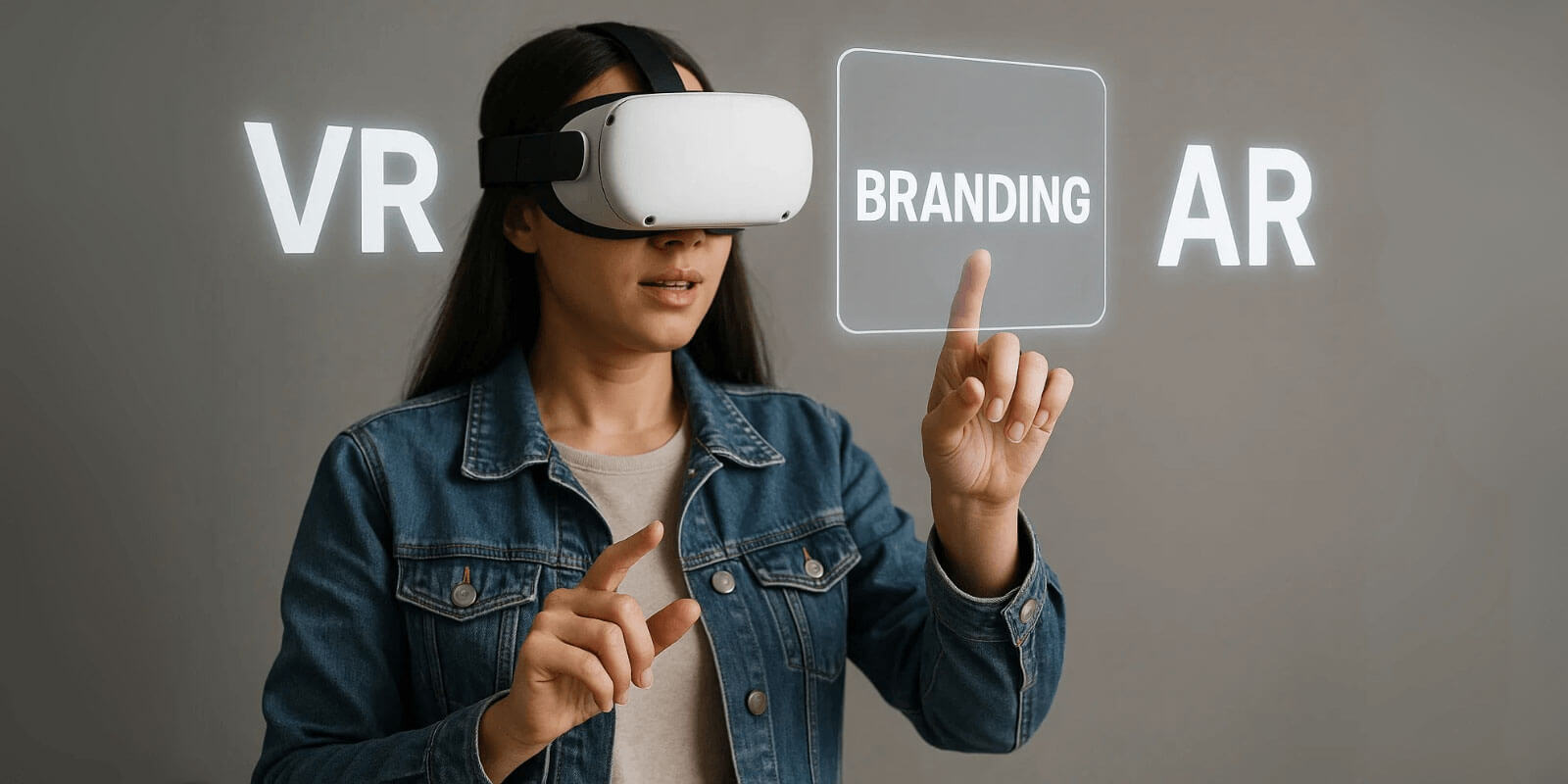| Beirut, Lebanon — Jun 09, 2023
Virtual Reality (VR) and Augmented Reality (AR) in Branding
Branding has always been about creating memorable experiences and building strong emotional connections with audiences. With the rise of Virtual Reality (VR) and Augmented Reality (AR), businesses now have tools that go far beyond traditional media. These technologies give brands the ability to create immersive experiences, allowing customers to engage with products and services in innovative ways. VR completely immerses users in a digital environment, while AR overlays digital elements onto the real world. Both technologies open new opportunities for storytelling, interactivity, and personalized experiences. For brands, this means they can communicate values, showcase products, and enhance customer journeys with an unprecedented level of engagement. One of the key benefits of VR in branding is the ability to transport consumers into an entirely new environment. For example, a real estate company can create a VR tour of properties, allowing potential buyers to explore homes without leaving their current location. Similarly, a travel brand can immerse customers in a virtual version of a destination, sparking excitement and inspiring bookings. By using VR, brands can connect emotionally with audiences by offering experiences that are not only informative but also memorable. AR, on the other hand, focuses on enhancing the real-world environment. Brands in the fashion and beauty industries have adopted AR to allow customers to “try on” clothing, accessories, or makeup through smartphone apps. This interactive experience reduces uncertainty in purchasing decisions and builds consumer confidence. Furniture companies also benefit from AR by enabling customers to visualize how products will look in their homes before making a purchase. These applications strengthen trust and increase conversion rates. Storytelling is another area where VR and AR excel. Traditional branding relies on visuals and narratives, but immersive technologies take storytelling to a new level. With VR, customers can experience a brand’s story firsthand, almost as if they are part of it. For example, an environmental organization can create a VR simulation showing the impact of climate change, making the message more powerful and emotional. AR can add interactive layers to product packaging, where scanning a code reveals engaging stories or instructions, creating a richer brand experience. Events and product launches are also being transformed by VR and AR. Brands can use VR to host virtual events where attendees interact with digital environments and connect with other participants worldwide. AR can enhance live events by adding interactive displays or gamified experiences. These approaches not only make events more engaging but also extend their reach to audiences who cannot attend physically, thus broadening brand exposure. Personalization is another strength of VR and AR. These technologies allow brands to tailor experiences based on user preferences and behavior. For instance, a car manufacturer could offer a VR test drive where features adapt to what the customer values most, such as performance, comfort, or technology. Similarly, AR apps can recommend products based on a user’s previous interactions. This level of personalization fosters loyalty and makes the brand feel more customer-centric. From a marketing perspective, VR and AR campaigns are also highly shareable. Unique and engaging experiences are likely to be talked about and shared on social media, amplifying brand visibility. When customers encounter innovative experiences, they are more inclined to associate the brand with creativity and leadership, which strengthens brand positioning in competitive markets. The data insights provided by VR and AR further benefit branding strategies. By analyzing how users interact with virtual environments or AR applications, businesses gain valuable information about consumer preferences and behavior. This data can be used to refine offerings, improve customer journeys, and design future campaigns that resonate more effectively. While VR and AR offer numerous opportunities, their successful integration requires thoughtful strategy. Brands must ensure that these technologies enhance rather than distract from their core message. The goal is not just to adopt new tools but to use them in ways that align with brand identity and customer needs.
